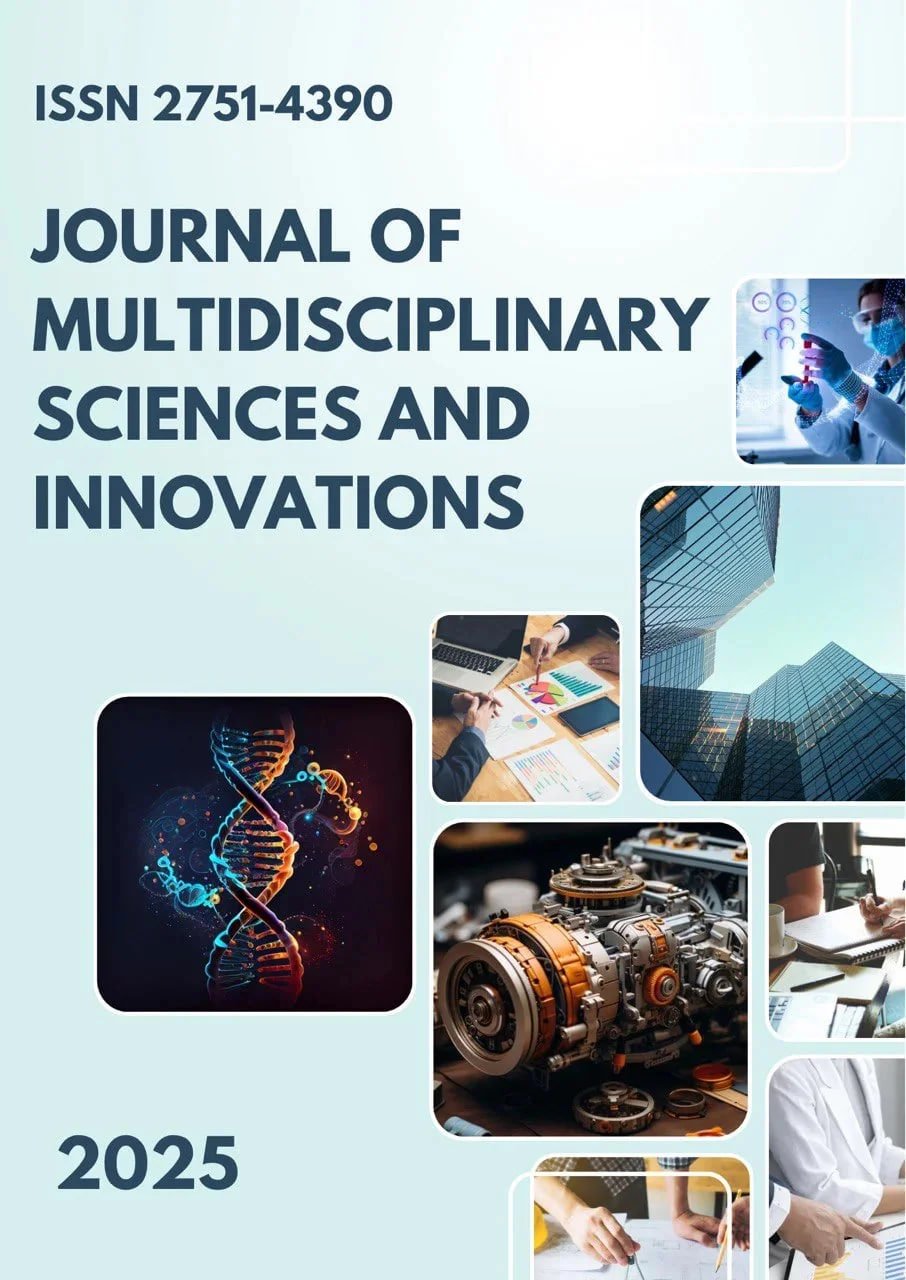TERATOGENIC EFFECT OF WIDESPREAD ENVIRONMENTAL PESTICIDES ON RAT PREGNANCY
Main Article Content
Abstract
Pesticides are chemicals widely used in modern agriculture, and their long-term effects on human health during pregnancy and lactation pose a serious threat. They accumulate in the body and exert a harmful effect on the genotoxic, endocrine systems, leading to oxidative stress. Organophosphorus, organochlorine, carbamate, and pyrethroid pesticides negatively affect DNA synthesis, cell division, gene expression, and epigenetic processes. In particular, the passage of pesticides through the placenta to the fetus, which intensifies oxidative stress and disrupts the activity of cytochrome P450 enzymes, hinders embryonic development. In response, to reduce the risk of pesticides, there is a need to control them, protect pregnant women, and strengthen toxicological monitoring. At the same time, expanding the use of environmentally safe, low-toxicity, or biological pesticides is an important strategy. This approach is crucial for protecting human health and maintaining environmental sustainability.
Downloads
Article Details
Section

This work is licensed under a Creative Commons Attribution 4.0 International License.
Authors retain the copyright of their manuscripts, and all Open Access articles are disseminated under the terms of the Creative Commons Attribution License 4.0 (CC-BY), which licenses unrestricted use, distribution, and reproduction in any medium, provided that the original work is appropriately cited. The use of general descriptive names, trade names, trademarks, and so forth in this publication, even if not specifically identified, does not imply that these names are not protected by the relevant laws and regulations.
How to Cite
References
1. Jyoti Upadhyay, Mahendra Rana, Nidhi Tiwari and Mohd Nazam Ansari Journal of Pharmaceutical Research International 32 (23): 133-145, 2020; Article no. JPRI.61413 ISSN: 2456-9119
2. Nurulain SM, Shafiullah M. Teratogenicity and embryotoxicity of organophosphorus compounds in animal models - a brief review. Mil Med Sci Lett. 2012;81 (1): 16-26. DOI. 10.31482/mmsl.2012.003
3. Aktar MW, Sengupta D, Chowdhury A. Impact of pesticide use in agriculture: their benefits and hazards. Interdisciple. Toxicol. 2009; 2 (1):1-12. DOI: 10.2478/v10102-009-0001-7
4. Ren A, Qiu X, Jin L, Ma J, Li Z, Zhang L, et al. Association of selected persistent organic pollutants in the placenta with the risk of neural tube defects. Proc Natl Acad Sci. 2011; 108 (31): 12770-5. DOI. 10.1073/pnas.1105209108
5. Abd El-Nasser MA, Abdel-mohsen MA, Shaaban AA, Ahmed DY. Teratogenic and genotoxic effects of perfluoroalkyl acids on embryonic and neonate mice. Ass Univ Bull Environ Res. 2009;12(2): 39-52
6. Richard S, Moslemi S, Sipahutar H, Seralini G. Differential effects of glyphosate and roundup on human placental cells and aromatase. Environ Health Perspect. 2005;113(6):716. DOI: 10.1289/ehp.7728
7. Nermeen Borai El-Borai, Seham Said Hadad, Hanem Kamal Khalifa International Journal of Pharmacology and Toxicology, 7 (1) (2019) 35-43

